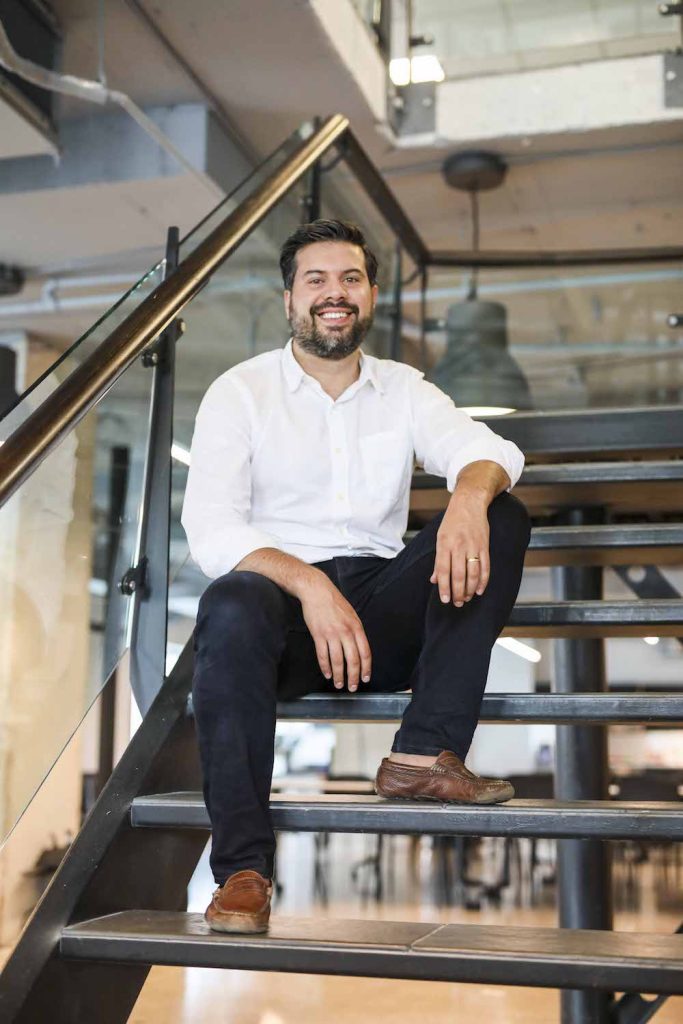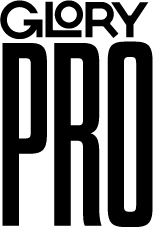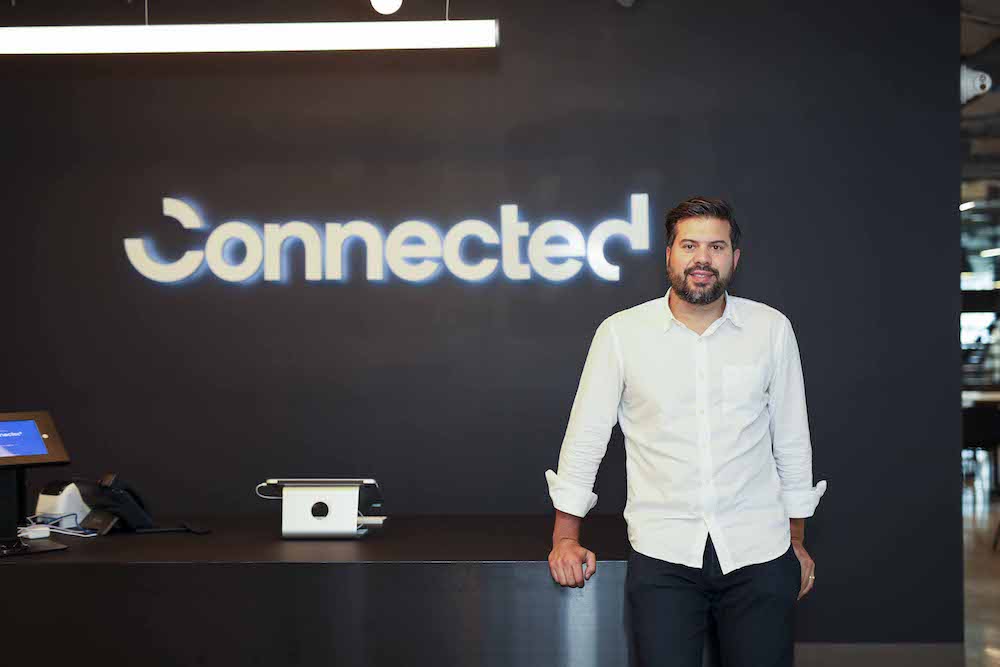And he has plans to be the top firm in the world by 2020.
Photos by Elaine Fancy
Interview by Popi Bowman
We sat down with Stern to talk about why balanced teams reduce risk, the meaning of creating real “impact,” and why the end goal in product development is always about shipping out the product.
How did you start your business, and what unique challenges did you feel you could tackle that others weren’t addressing?
We were tired of seeing so many projects fail in execution because of all the broken telephones in the industry, because of all the disconnects between strategy, design and engineering. We believed the market needed a new kind of technology partner, a uniquely integrated product development firm with deep technical, design, and product chops—one that could serve as an end-to-end product partner to its clients. I believed so much in this concept that I put my life savings into starting Connected four years ago. Thankfully our offering resonated well with ambitious product organizations, organizations looking to make real progress, and we’ve been able to grow the business organically ever since.
Why do you think that product development challenges must be met in a holistic manner?
Business leaders should always be critical of “silver bullets” or “proven recipes” for growth, or innovation, or disruption. Bringing new products to market is really hard. And very context-specific. But now more than ever, when a product is great, the market responds extremely favourably, and we believe that there are certain conditions that increase the odds of that success. One of those conditions is having balanced teams (design, engineering, product) at the table throughout the entire product development lifecycle. This not only greatly reduces risk, but increases the likelihood of novel insights and speed-to-market. This may seem trivial or obvious to some, but in practice it can be really difficult to know exactly how and when to apply the right kind of collaboration model at various scale points. Even at Connected, four years in, we have so much to learn here.


At Connected we think about impact in terms of end user impact, client impact, and impact to our own firm, generally in that order. We build consumer-facing products, after all, and therefore we aim to understand as best we can how our products will drive user impact. If we build an alarm clock that helps users wake up on time more often or more happily, for instance, we might measure those outcomes in terms of aggregate productivity increases, which would be the impact. At the same time, because we deliver our work through our clients, we also think about the business impact that that alarm clock will drive for them. And so we can look at increased market share or revenues as an impact measure in that case. I firmly believe that even though impact can be difficult to predict or measure or even to discuss openly with clients, it doesn’t follow that we shouldn’t be impact-oriented in everything we do. In fact we’re really well suited to chase impact, as we sometimes say internally, because of our balanced teams and because we are trusted builders.
Connected has “small integrated teams” and a “cross-disciplinary approach” – can you give an example of the phases (both creative and technical) that a project might go through?
Unlike traditional agile or traditional design thinking, we bring a blended approach that focuses on continuous discovery and continuous delivery, aka “dual-track development.” This means that no matter where you are in the product development lifecycle, insights feed execution (and vice versa) all along the way. This matters with software in particular because software products are constantly evolving, and if you let them, they can become exponentially more impactful over time.
“The pursuit of better” and going “beyond best practices” – is this what it takes to be a leader in tech? What does it mean specifically to you?
A mentor once said that “best practices are by definition never best.” Consultants and thought leaders like to talk about best practices because they are digestible and sellable, but in reality great product teams go beyond dogma in the pursuit of building something new or better. “The pursuit of better” is language we use in the office all the time, and for us that’s just as much about being human as it is about our craft. The pursuit of better is about our natural desire to make progress, to produce, even to play. We do all of this day in day out, with a great team and ambitious clients. If we continue to do this well, I believe we have the right DNA at Connected to help define and lead our category long-term.
How much business growth do you anticipate in the next five to 10 years, given recent trends for the company?
As a private company not backed by any venture funding, we prize sustainable growth and client impact over a “growth at all costs” mindset. We work with a select number of globally recognized clients and have built deep and trusted relationships with them over the course of projects that are now numbering in the hundreds. We hope to bring our capabilities to more product partners in the years to come, and feel confident that we can continue to hire and develop trusted builders as we scale. We’ve been meeting an increasing demand for projects that require a high degree of trust, capability, and dedication, learning from our mistakes along the way.
What excites you the most when it comes to the problems that technology can uniquely solve?
One of my favourite quotes about technology is from Douglas Adams: “We are stuck with technology when what we really want is just stuff that works.” It can be risky to assume that technology and technology alone can solve our problems. I think the right mindset is that high-tech solutions are a means to an end, and should be evaluated holistically and repeatedly over time. That said, I think that the ingenuity within categories like crypto, mobility, and smart cities right now show a lot of promise for positive impact on a societal level.


I’m hopeful about innovations in healthcare broadly. It might be the single industry where it’s most possible and most needed for prices to go down, efficiencies to go up, and outcomes to get drastically better both here and around the world.
What’s the biggest mistake most product designers make? (or that you’ve seen made?)
They avoiding shipping. Too often product people think that the exciting and important work most often happens early on in the product development lifecycle, only to end up ten years into their careers never having shipped anything. The value of the experience you get in shipping real products and evolving them can’t be overstated. It will make you a better collaborator, it will make your intuition better, and it will make the process more rewarding, even if more difficult at times.
From your experience, does Toronto (and Canada) have the long-term vision to support its tech community? What needs to change?
This seems to be one of the main questions that every city and country is grappling with right now. But trying to be “the next Silicon Valley” no longer feels like a realistic north star, and I don’t think it’s appropriate anyway. Every major city will have a tech hub in its own right, in the same way that every major city has its own financial hub or artistic community. The question that matters more is: what can we do to best nurture and support local tech communities? To begin with, it means getting governments to start paying a lot more attention to the local tech companies and organizations across the country who are making a big dent but lack the support that multinationals are getting. It means listening more carefully to the people building small and medium businesses, and figuring out how best to engage with them. I’m excited by what the City of Toronto is doing here, and optimistic about other groups like Waterfront Toronto, Code For Canada and CivicTech TO.








